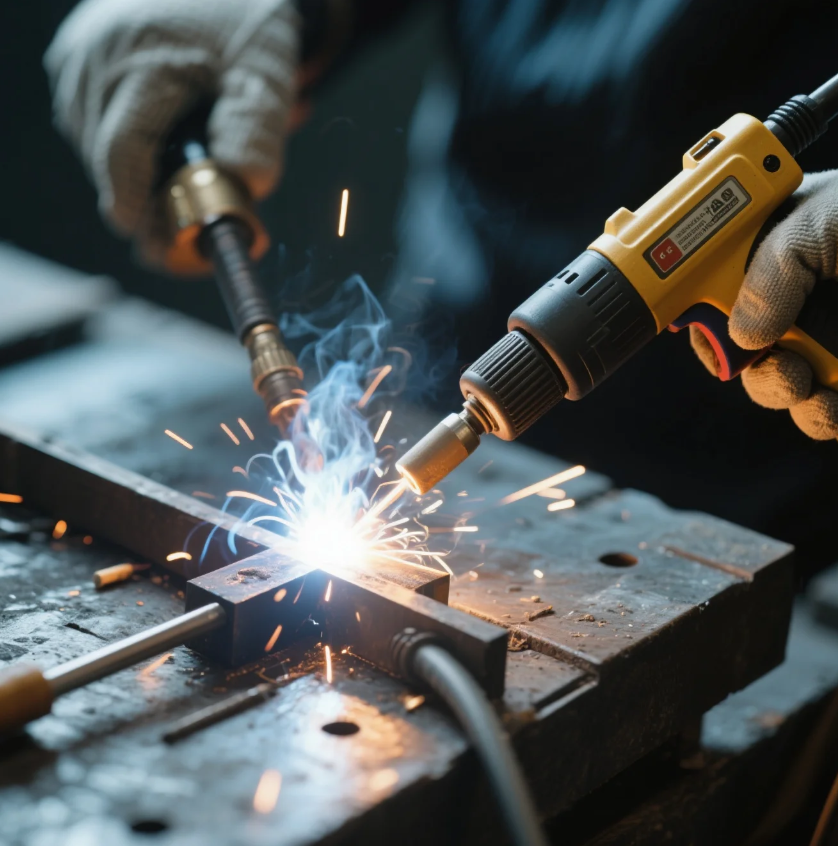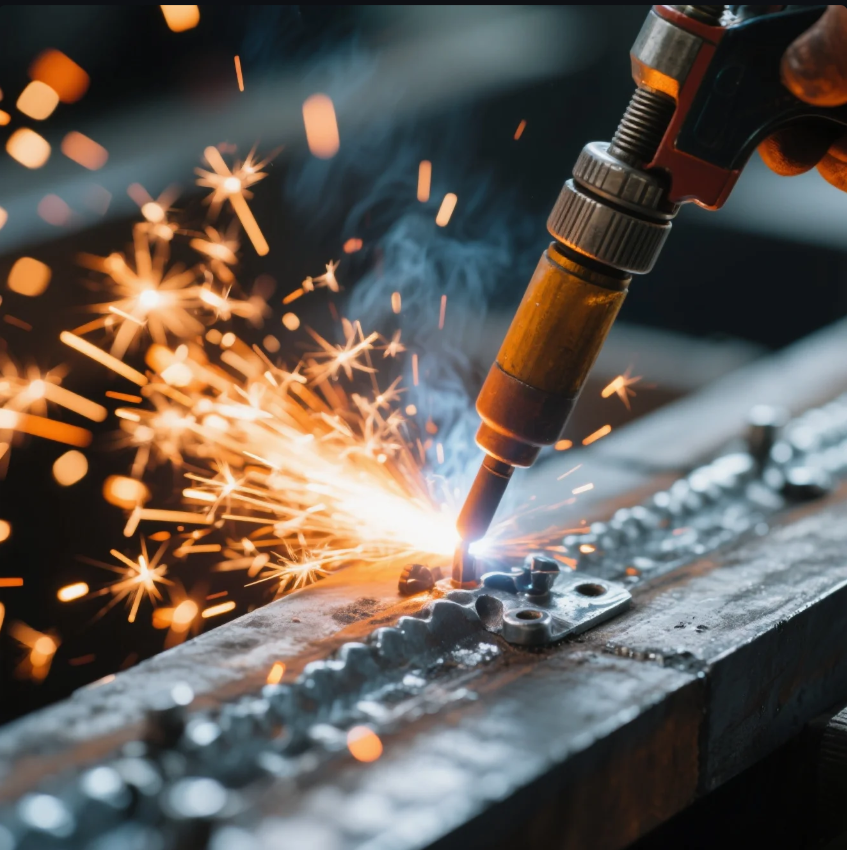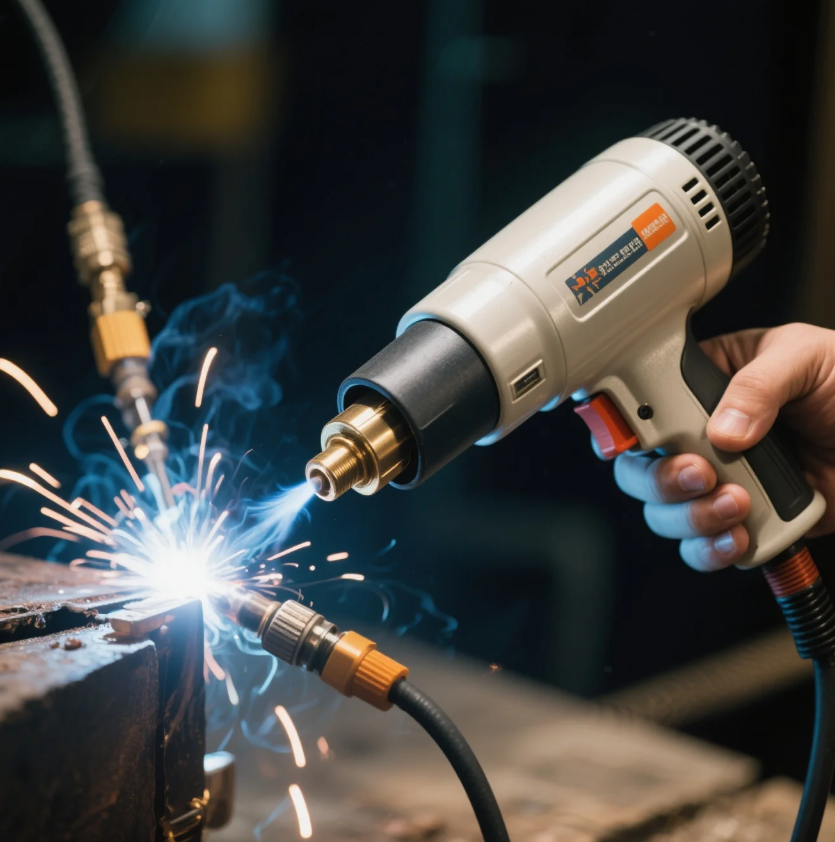TEMPLATE_START
What is the difference between embossing and stamping metal?
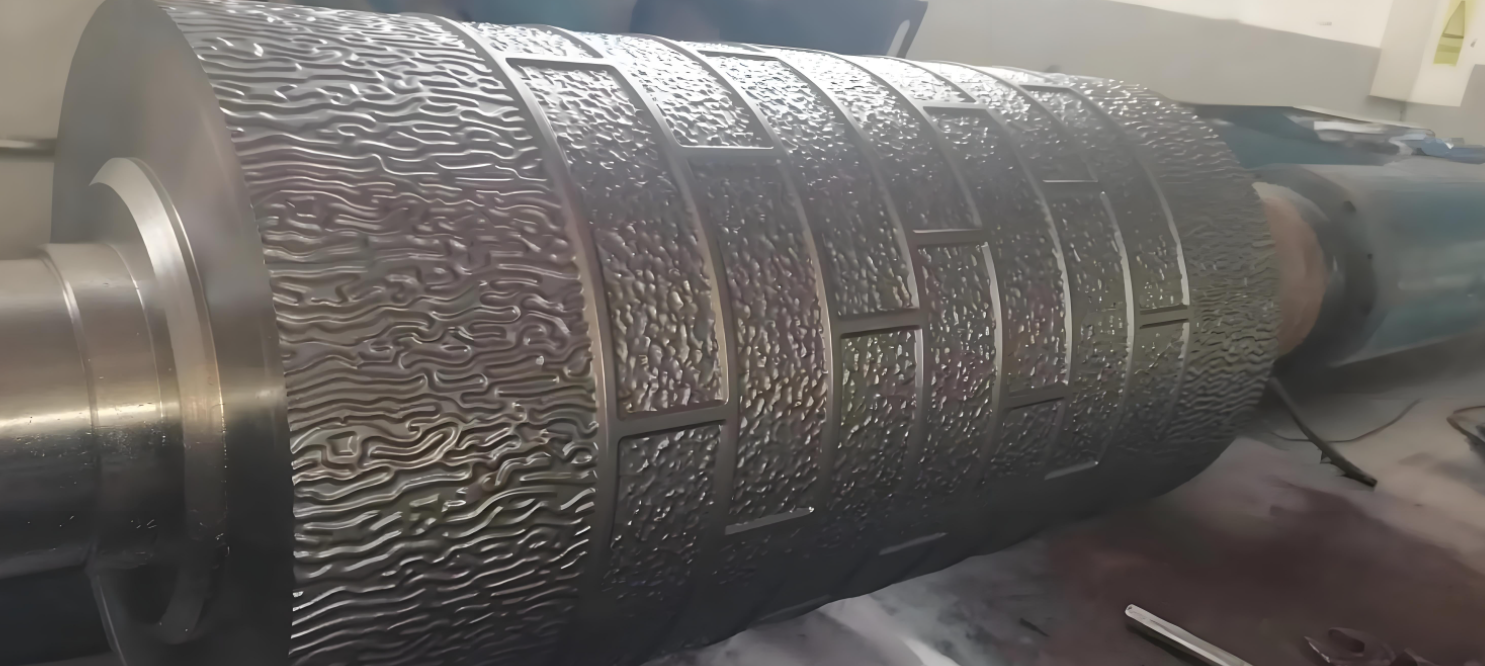
Ever wondered how metal gets its intricate designs? Embossing and stamping are two popular methods, but they serve different purposes. Let's dive into what sets them apart.
Snippet paragraph: Embossing raises a design on metal, while stamping creates a design by pressing metal into a die. Knowing the difference can help you choose the right method for your project.
Curious to learn more? Read on to explore the key distinctions and benefits of each technique.
LOOP_START
What is metal embossing?
Metal embossing involves creating raised designs on a metal surface. It’s commonly used for decorative purposes and adds a unique texture.
Snippet paragraph: Metal embossing raises designs by pressing metal sheets against a die, creating a 3D effect. This method enhances aesthetics and adds depth to the material.
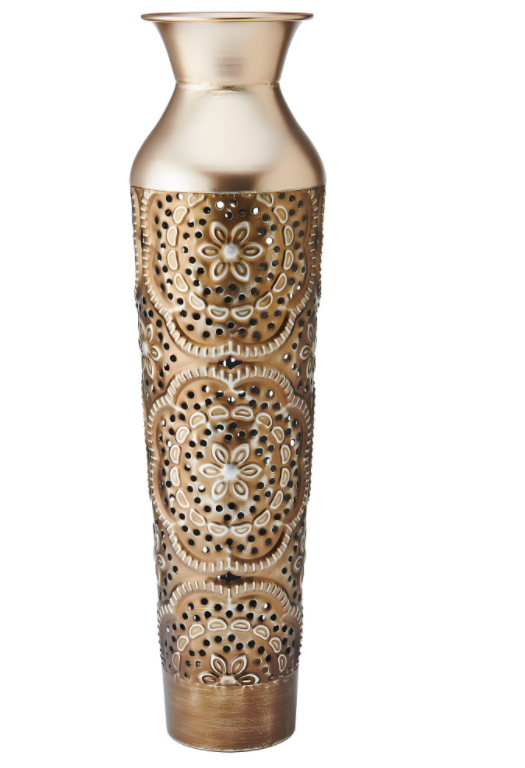
How does embossing work?
First, a die with the desired design is prepared. The metal sheet is then placed over the die and pressed, causing the metal to rise in specific areas.
Advantages of embossing
- Adds a decorative touch to metal surfaces.
- Enhances the visual appeal of products.
- Can be used on various types of metals.
Applications of embossing
Embossing is widely used in industries like packaging, automotive, and jewelry. It’s perfect for creating logos, patterns, and other decorative elements.
Here’s a quick comparison of embossing and other techniques:
| Technique | Result | Common Uses |
|---|---|---|
| Embossing | Raised design | Decorative, branding |
| Stamping | Pressed design | Functional parts |
| Engraving | Carved design | Identification, art |
LOOP_END
LOOP_START
What is metal stamping?
Metal stamping is a process where metal sheets are pressed into a die to create specific shapes or designs. It’s primarily used for functional parts.
Snippet paragraph: Metal stamping forms metal by pressing it into a die, producing precise shapes and designs. This method is ideal for creating functional components.
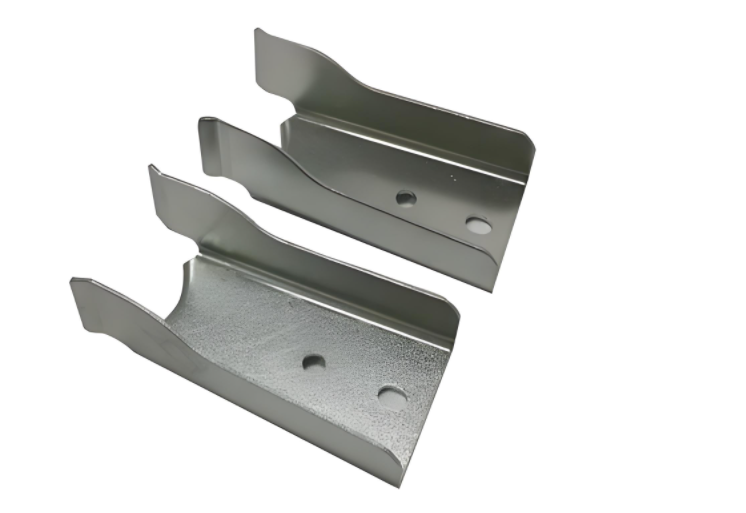
How does stamping work?
A die is crafted with the desired shape. The metal sheet is then placed into a press, which forces the metal into the die, forming the final product.
Advantages of stamping
- Produces accurate and consistent parts.
- High production speed.
- Cost-effective for large quantities.
Applications of stamping
Stamping is essential in industries like automotive, appliances, and electronics. It’s used to manufacture parts like car panels, brackets, and connectors.
Here’s a comparison of stamping and other methods:
| Technique | Result | Production Speed |
|---|---|---|
| Stamping | Pressed design | Fast |
| Embossing | Raised design | Moderate |
| CNC Machining | Cut design | Slower |
LOOP_END
LOOP_START
Which should you choose: embossing or stamping?
The choice between embossing and stamping depends on your project’s needs. Each method has its own strengths and applications.
Snippet paragraph: Choose embossing for decorative purposes and stamping for functional parts. Both methods offer unique benefits based on your requirements.
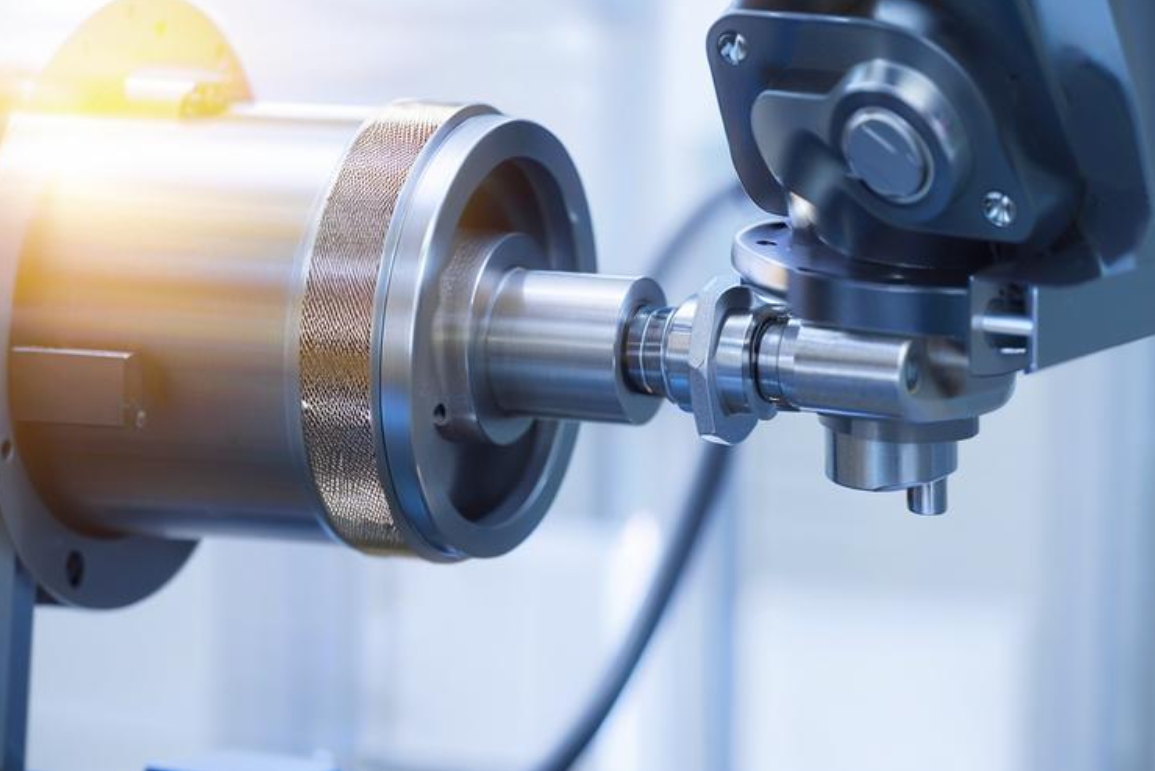
Factors to consider
- Purpose: Decorative or functional?
- Material: Type of metal used.
- Volume: Quantity of parts needed.
- Budget: Cost considerations.
When to use embossing
Embossing is ideal for projects where aesthetics matter. It’s perfect for branding, packaging, and decorative items.
When to use stamping
Stamping is better for creating functional components that require precision and durability. It’s widely used in manufacturing and industrial applications.
Here’s a quick guide to help you decide:
| Project Type | Best Method | Reason |
|---|---|---|
| Decorative | Embossing | Enhances appearance |
| Functional | Stamping | Produces durable parts |
LOOP_END
Conclusion
Embossing adds decorative raised designs, while stamping creates precise functional parts. Choose based on your project needs.
TEMPLATE_END




